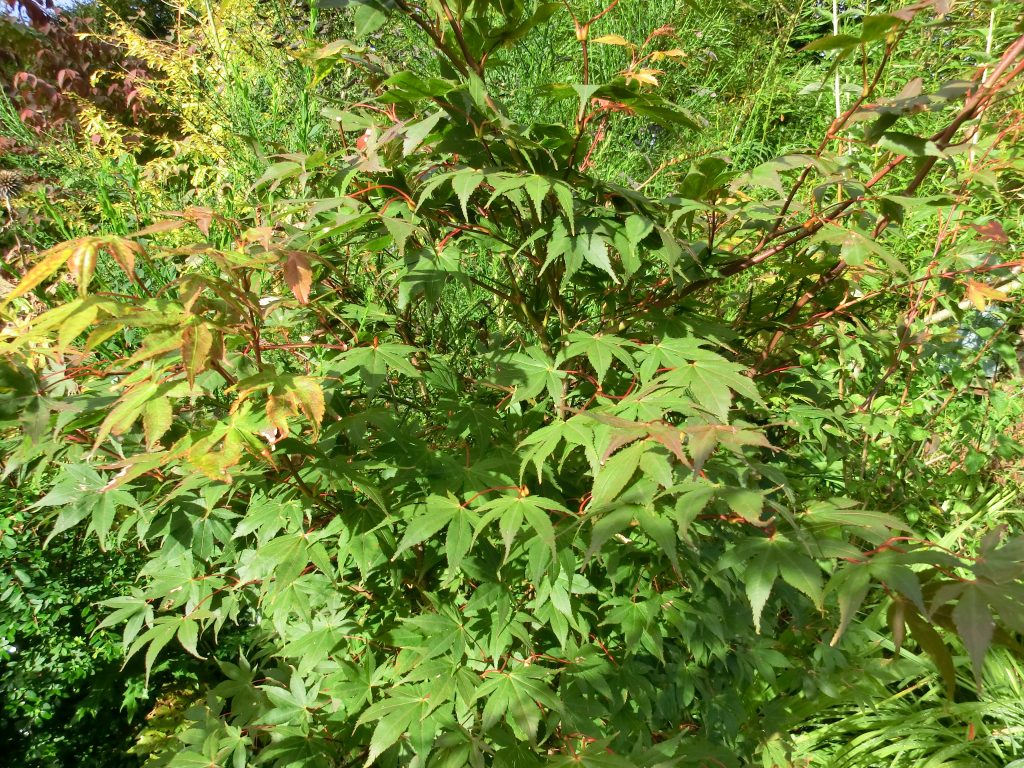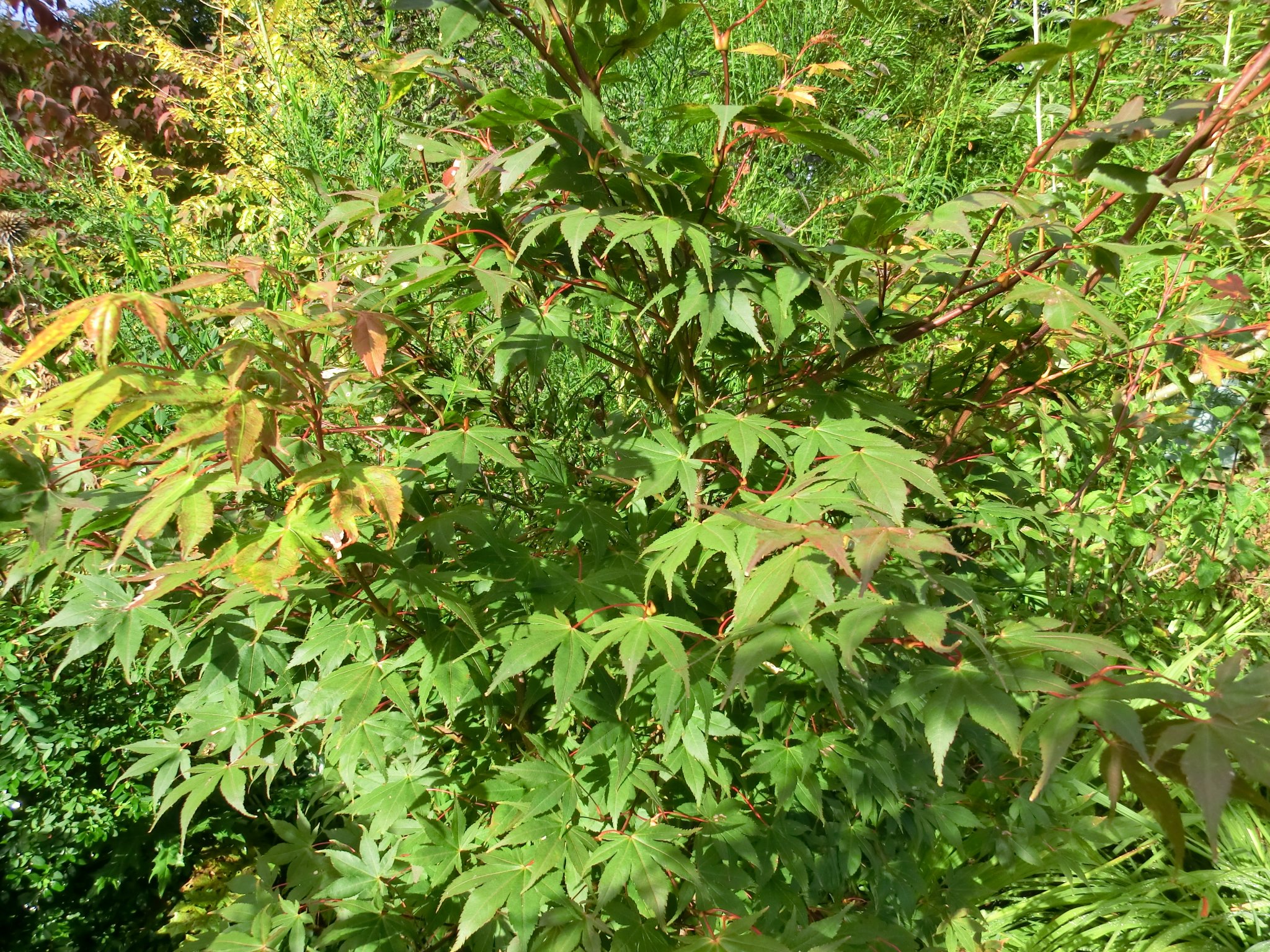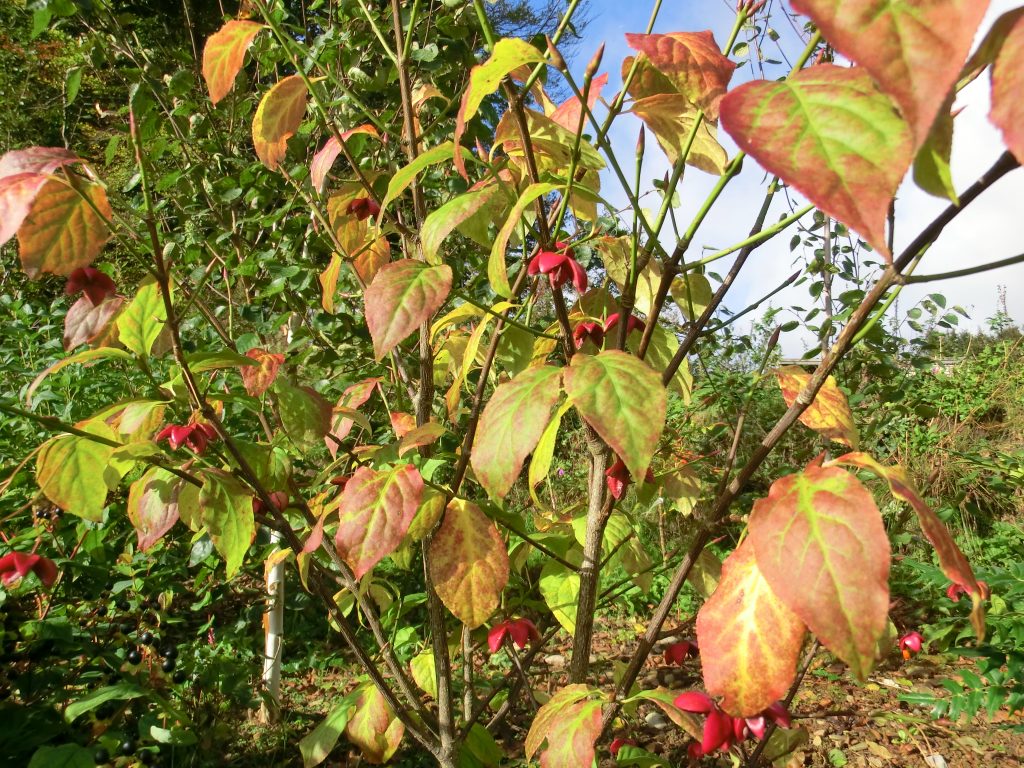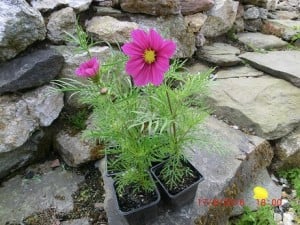Autumn colours to add to your garden
Woods, gardens and parks are changing from shades of green to autumn colours of rich red, yellow and bronze. They are breathtaking. Last week the Radio 4's Gardeners' Question Time panel were asked which plant, shrub or tree they most look forward to seeing in their autumn colour. Interesting answers set me thinking about which tree or shrub I would plant to give my garden the WOW factor of fantastic autumn colours.
Why do green leaves change colour?
A substance called chlorophyll in leaves makes them green (and able to absorb energy from the sun). Less sunlight and cooler days break the chlorophyll down and this reveals other colourful pigments: autumn colours are here. This BBC Weather post goes further and explains more - watch it now and impress your children!
I like this Forestry Commission description of how and why green leaves turn red and orange - it is a must see, and colourful too!
So which tree will create autumn colours in my garden for years to come?
A small tree will grace most gardens, so my first choice is a Japanese maple. Acer palmatum ‘Osakazuki’ and ‘sango-kaku’ (or the coral bark maple) are my favourites. But Acer japonicum varieties are a good choice because they are less fussy than Acer palmatum varieties. All Acers prefer soils that are acid, and trees in sheltered spots and light shade offer the best leaf colours. Mine will be planted in a sheltered corner in view of my kitchen window. And because these trees grow well in pots, read our blog and plant one in a pot in the corner of a patio. Roll on next autumn!.

The leaf colour of this Japanese maple is beginning to change. Tomorrow it will be red! Sarah Buchanan
At the end of the garden a ‘spindle tree’, properly called Euonymous europaeus, would be an easy addition. In summer it is not impressive, but in autumn the leaves turn to fire and the berries are stunning. The wood of this tree is said to have been used to make spindles, and I am told that it is the tree on which Sleeping Beauty pricked her finger (not a rose thorn at all). It is not hard to make the link, for every part of this little tree is poisonous if eaten. It is a stunning autumn shrub or small tree and the flame red leaves and berries would enhance many gardens.
If I had room for a larger tree I would go for Cercidiphyllum japonicum (or Katsura tree). This lovely tree offers wonderful autumn colours of yellow, pink, orange and red and as a bonus fills the garden with the scent of burnt sugar and toffee apples! It does best in some shelter and shade.
Gardeners with lots of space could plant a Liquidambar styraciflua (the ‘sweet gum’ tree) in any of its varieties. It has maple-shaped leaves which in autumn are fantastic oranges and reds. Top tip on this tree is to buy it in the autumn when you can see the leaf colour.
If you are tempted, but not sure what to plant, go out and enjoy autumn colours near you and find trees and shrubs that you like, and which will like your garden. This lovely BBC video of autumn leaves will inspire you to go for a walk in the woods, parks or gardens near you every weekend until the leaves fall. Take the kids! The Forestry Commission website has great ideas for things to do to make the most of autumn, and offers an online activity pack for children. Sign up now!
And if you're looking for autumn colours, this Daily Telegraph must see list might help.
It is just too good to stay indoors. I might see you out there somewhere ...
Sign up for our emails below, so we can send you blogs on gardening tips, as well as updates on our sales, so you don’t miss out on those garden furniture bargains!










